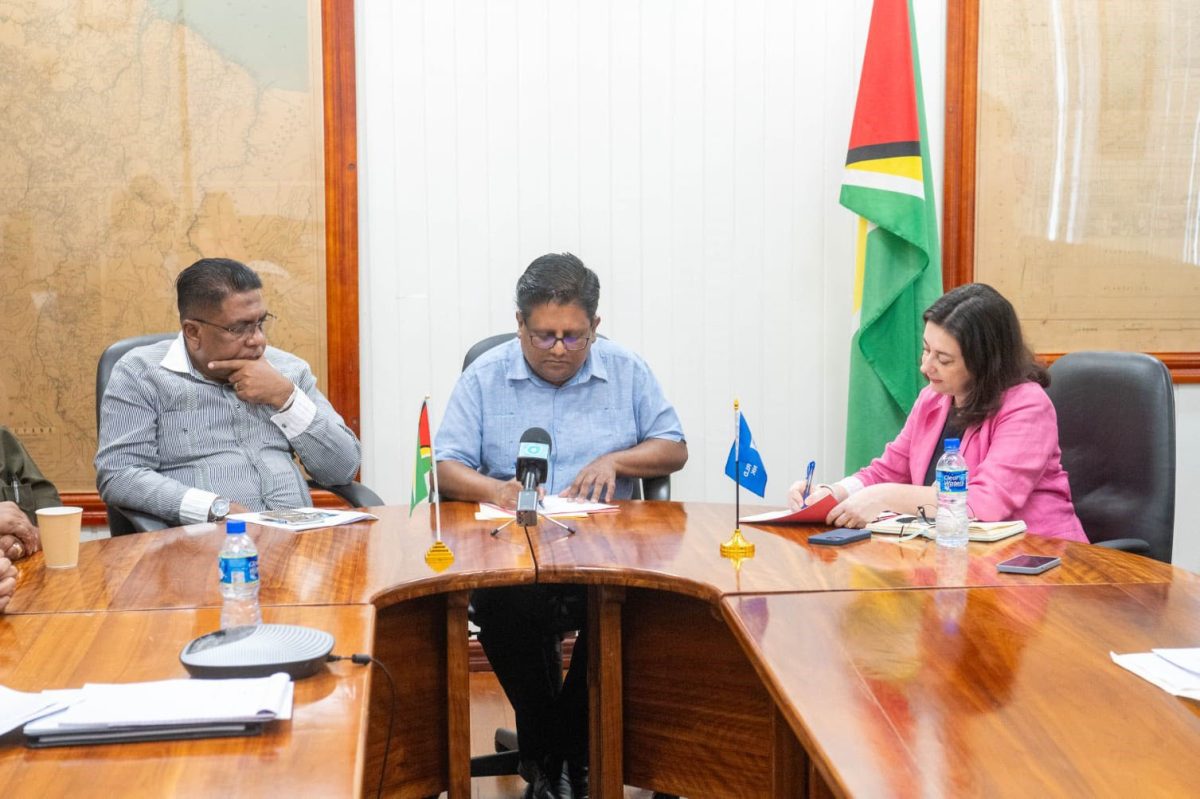The Government of Guyana yesterday signed a US$45 million agreement with the World Bank, for the Coastal Adaptation and Resilience (CARes) project as it continues to ramp up efforts to strengthen the country’s flood adaptation and resilience.
According to a Ministry of Finance press release, the CARes project is the latest and second largest investment to date being financed through the Guyana REDD+ Investment Fund (GRIF) established by the Government pursuant to the Guyana-Norway partnership under the original Low Carbon Development Strategy (LCDS), utilising the remaining portion of the over US$220 million earned by Guyana for its forest climate services.
This deal was announced on June 10th this year.
The release yesterday said that the US$45 million CARes project will see the rehabilitation or complete replacement of more than 45 kokers/sluices across Guyana which it says will build on Government’s efforts to enhance flood risk management. This intervention, according to the release, will increase Guyana’s resilience and adaptive capacity to prevent, manage and mitigate flooding across its coastal regions, safeguarding lives and livelihoods and building on the extensive investment that the Government has made in strengthening its coastal resilience. The Ministry of Agriculture will be the project’s executing agency while the World Bank will act as a partner entity, bringing its technical expertise on flood risk resilience and its fiduciary, social and environmental safeguards.
The release stated that under Component 1 of the CARes project, the rehabilitation and replacement of kokers will benefit an estimated population of 320,000 people and assist in protecting approximately 130 sq. km of urbanised area and 1,270 sq. km. of agricultural land in the connected catchments. Under Component 2, the investments will continue to enhance the National Drainage and Irrigation Authority’s (NDIA) capacity and capability to manage and operate drainage infrastructure assets and apply flood risk management principles in spatial planning of new developments.








